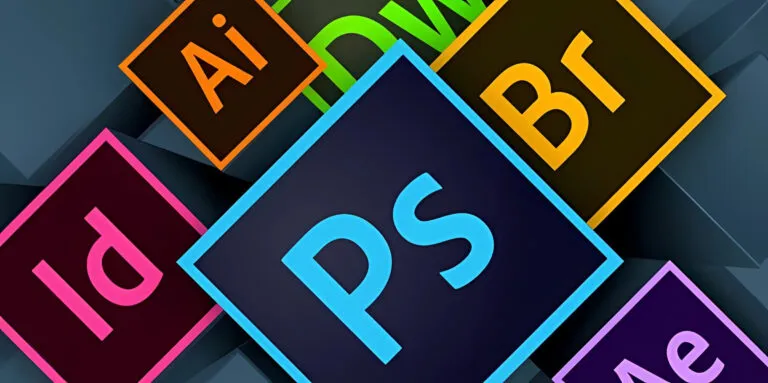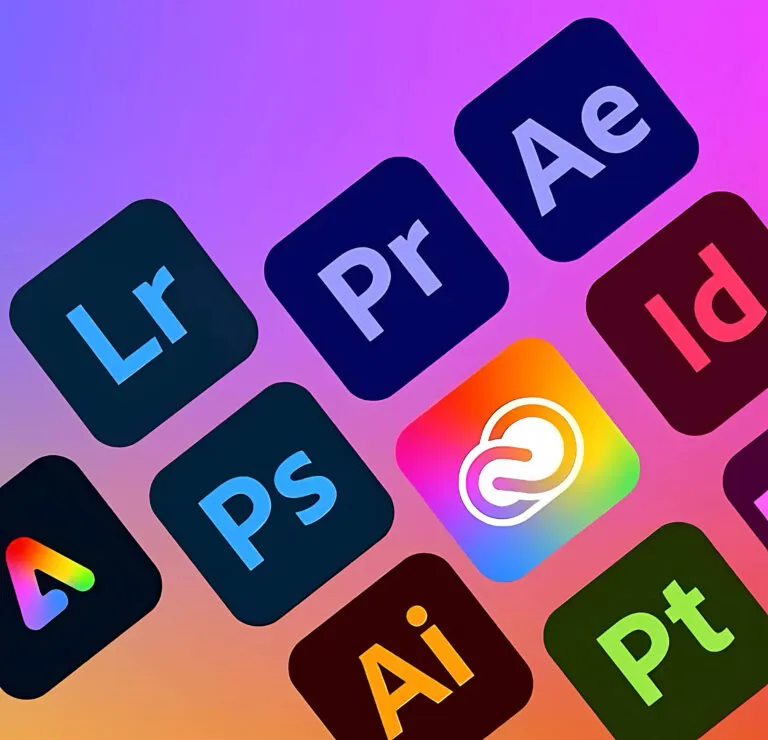Why You Should Be Using More Video Content
Is video content a part of your marketing strategy? Recent statistics reveal that video content has some phenomenal engagement rates.
Video content is set to gain further prominence on social media this year. Video is already preeminent: YouTube is the Internet’s second largest search engine and YouTube is responsible for 46% of all on-demand streaming time.
But now video is gaining pre-eminence beyond YouTube. With LinkedIn launching a new native video feature and Facebook launching Facebook Watch and Facebook Live, other platforms are increasingly focusing in on video too. Perhaps it is not surprising, given the stats cited in a 2017 Forbes article. It stated that video ads now account for more than 35% of all ad spending online.
Expect that figure to rise: by 2019 video is projected to account for 80% of all Internet traffic.
Why the Rush to Video?
Research cited by LinkedIn’s marketing blog shows that 90% of consumers say video is helpful when making buying decisions. It says 64% of consumers saying they’re more likely to buy a product after watching a video about it. With this kind of consumer acceptance and potential conversation rates accompanying video, it makes sense for both the platforms and marketers to be increasingly using it.
Consider the example of organizational housewares e-tailer StacksAndStacks.com featured on the Kissmetrics blog. It reported that visitors were 144% more likely to purchase after seeing a product video than those who did not.
The use of video content isn’t only for consumers either. HubSpot states that 59% of company decision makers would rather watch a video than read text such as an article or blog post. When LinkedIn launched LinkedIn Video in 2017, within months videos were being shared 20 times more than any other type of content across LinkedIn.
Top Tips to Maximise Video Engagement
So how can marketers make video work for them?
Writing on the Kissmetrics blog, Sherice Jacob warns against the temptation to cut costs, recommending: “Hire a professional, local company to shoot your product videos. You want all the benefits of proper lighting and setup. Sorry, but your digital camera won’t cut it here.”
However, other commentators are more relaxed about self-generated content. Writing for Social Media Examiner, Víctor Blasco of the explainer video company Yum Yum Videos suggests a DSLR camera is all you really need to produce high-quality 60-second videos suitable for publication on Instagram.

Whether you decide to go down the professional or self-generated route, quality is key to ensure engagement.
Consider Captions and Hooks
Facebook recommends adding captions to your video before posting. It says: “With captions enabled, even people who have their sound turned off can follow along and engage with your videos”.
Another top tip from Social Media Examiner comes from YouTube-certified commentator Jeremy Vest. He recommends beginning each video with an interesting hook. “How you hook viewers depends on you and your content. If a video features a project of any kind, show the end result first,” he suggests.
To achieve this, story-boarding is at least as important as the video editing. Creative ideas and basic skills in software such as Adobe Premiere Pro or Apple Final Cut Pro can take you a long way. As you get more confident, you can use other tools, such as Adobe After Effects, to add animated text and special effects.
Beginning with a visual hook is also important for making your video stand out in news feeds or thumbnails – the first frame has got to persuade potential viewers to watch your video.
Meanwhile, online agency Wordstream suggests making it easy for video viewers to contact you should be a fundamental consideration. It recommends that you “insert a lead capture form in the first 10-20% of your video”.
We’d also recommend that you investigate the ad targeting and audience profiling tools on the platforms to which you publish your video. These offer some highly optimisable ways to get your content in front of the right people. With video already enjoying the kind of conversion rates other content can only dream of, these tools make video are very compelling medium for marketers.
If you’d like to learn how to create your own video content for publishing on social media platforms such as YouTube, Facebook, LinkedIn and Instagram or even your own website, you can make a start by joining Platform for one of our video courses.
Find out more here: platformtraining.com/courses/video






